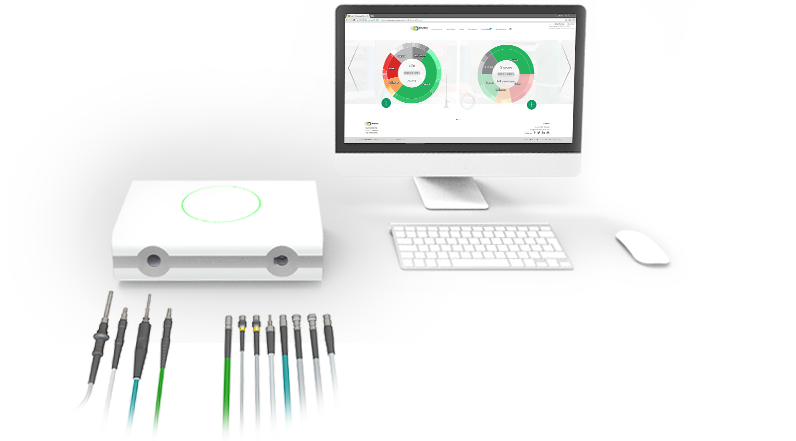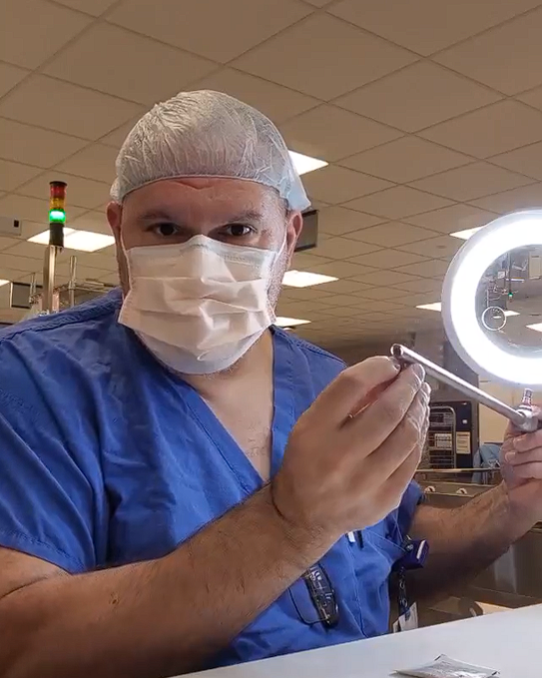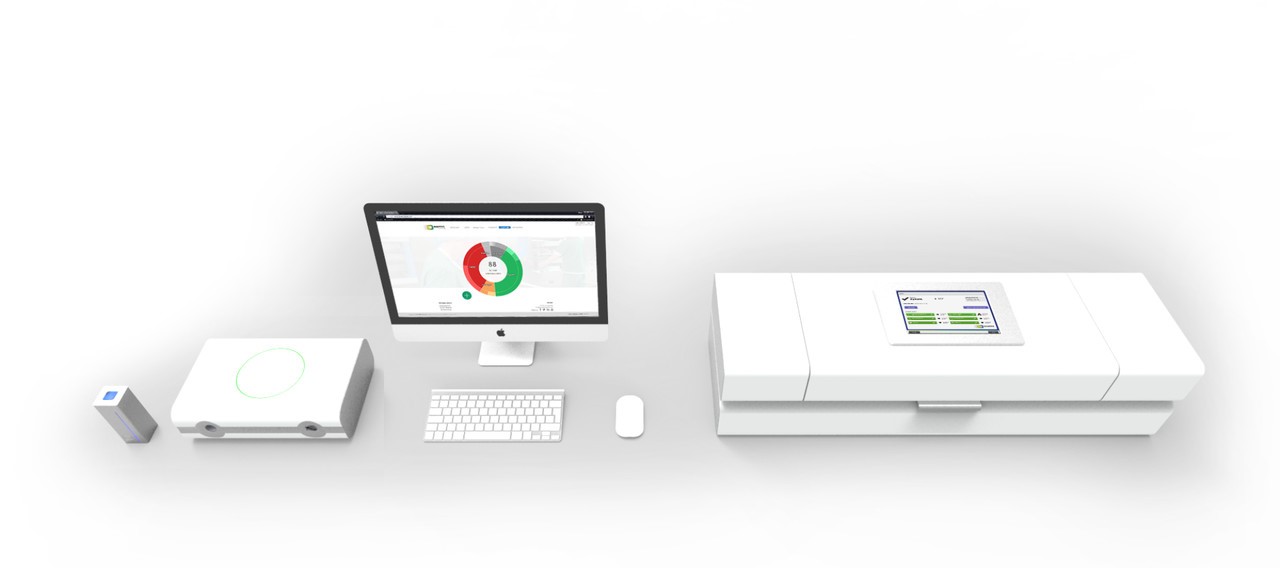"Have you ever wondered what the best way is to inspect a fiber optic cable?"
Everyone knows that when it comes to medical components, there is an endless amount of regulations, guidelines and IFUs. Due to the formality of the matter there are also many consequences that may apply if these are not followed.

Medical fiber optic cable proficiency is one aspect that often gets overlooked. There is not much information available on how to properly determine if a Light Guide cable is fit for purpose, and the available information is usually very scarce.
There are numerous crucially important challenges that may appear with a light guide cable throughout its life-time and no existing standardized method to check if every important aspect of a light cable is in order and viable for use.
Legally, manufacturers are obliged to specify inspection methods in their IFUs, these methods are usually never enough to determine the condition of the light-guide cable with certainty.
"What are the most common challenges when it comes to light-cable reliability?"
A common issue that is hard to detect is discoloration of the light. This means that light becomes more and more yellow as the time passes and this may lead to a surgeon misinterpreting what they see on the camera during a surgery.
Another frequent occurrence with used light cables is that the quality of their fibers deteriorates with time. This is easier to detect, but until that happens, the fibers have usually deteriorated over the acceptable threshold.
To make sure everyone knows what to look for when inspecting a light guide cable for rigid endoscopes, we have created a simple checklist that may help you avoid potential challenges in the future. The list goes as follows:
1) Inspect the body of the optic cable and look for possible cuts, cracks or other type of visible damage.
2) See if there are visible burns, cracks or erosion at the two ends of the cable.
3) Let light go through the cable and:
- See if the strength of the light is as expected. If the light seems weaker that means there are - problems with the light transmission.
- Look at the number of dark dots that may have appeared on the output side. The dark dots indicate damaged optical fibers. If there are more than 20%-25% of dark dots that means that the cable is not in a condition to be used.
- Make sure that there is no discoloration of the light. Yellow colored light means that the cable is not fit for purpose as it might challenge surgeons to determine with certainty what they see during the surgery.
4) If you have any doubt about your observations, compare the cable to a new one.

“Wait... isn’t this method too subjective?"
"There are, of course, other methods that help verify the observations of the manual inspection."
A popular way of evaluating light transmission of a guide cable is by using an optic testing device. This type of device uses the light output from the cable and converts it into percentage shown on the display.
Unfortunately there is no indication what does the percentage mean i.e. where is the threshold beyond which the cable is not fit for purpose anymore. The percentage is also not measured accurately as depending on how you put the cable it may show different values. Additionally a new such device should be purchased for every different light-guide cable available in the inventory.
As it can be noticed, none of the widely-spread inspection methods is completely reliable. Depending on the method, there are different drawbacks that cannot be avoided and sometimes, might even introduce unexpected complications.
Here at Dovideq Medical we developed a new, highly reliable way of testing your light-guide cables. What we created is a device that allows you to test every possible type of guide cable with absolute accuracy and consistent values. What our testing device measures is not only the light transmission, but also the fiber optic quality as well as the color correctness of the transmitted light.
Currently, this is the only absolutely reliable way to verify if your light-guide cables are fit-for-purpose.
No one wants to carry the consequences of a faulty device that “wasn’t faulty the last time I checked”. Make sure to recognize the potential challenges before they become an actual issue and always know with certainty if your fiber optics cable is viable for reuse.





